Home>Gardening & Outdoor>Landscaping Ideas>How To Grow Muhly Grass
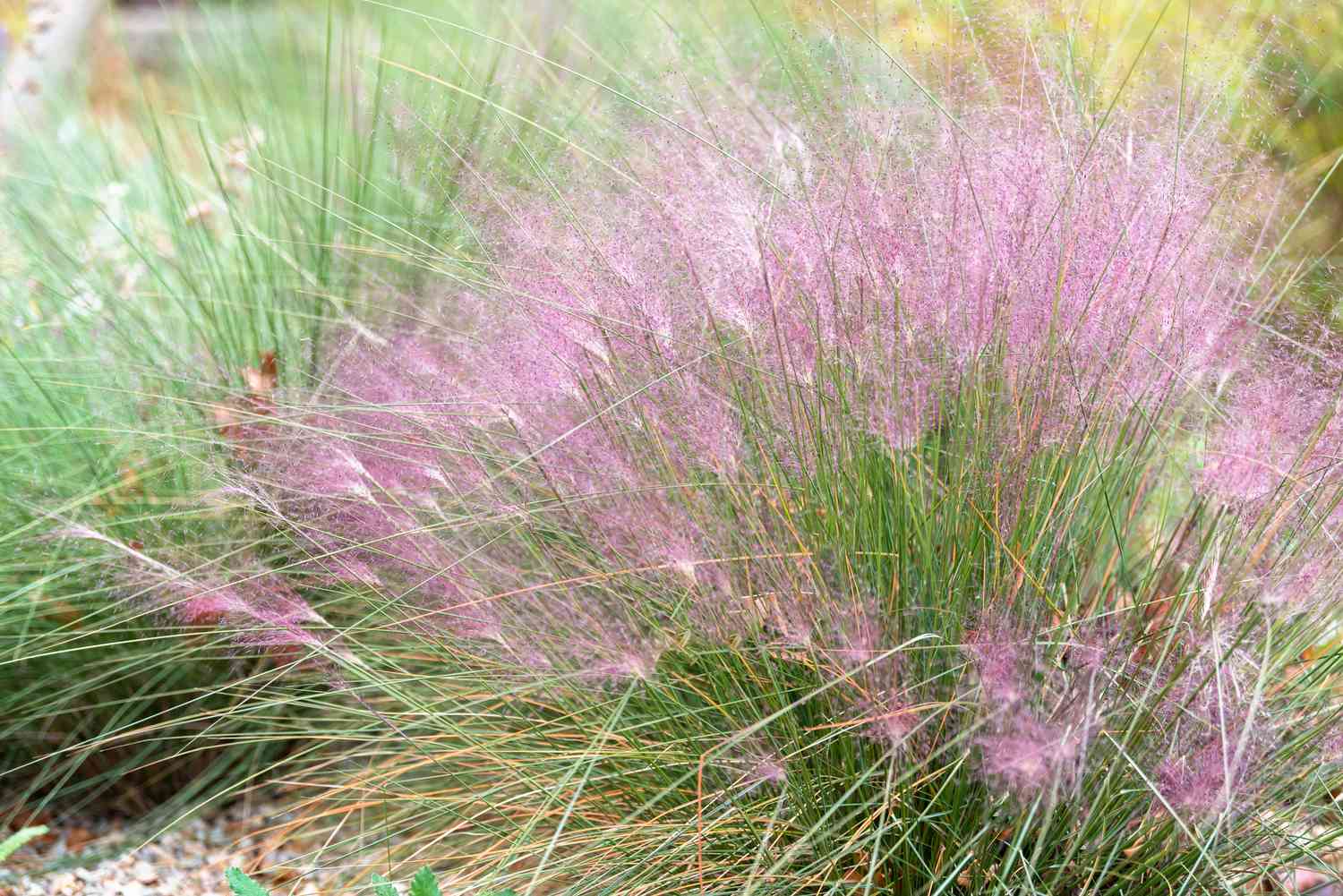

Landscaping Ideas
How To Grow Muhly Grass
Published: January 24, 2024
Discover expert landscaping ideas for growing muhly grass in your garden. Learn how to create a stunning landscape with our step-by-step guide.
(Many of the links in this article redirect to a specific reviewed product. Your purchase of these products through affiliate links helps to generate commission for Storables.com, at no extra cost. Learn more)
**
Introduction
**
Muhly grass, scientifically known as Muhlenbergia capillaris, is a stunning ornamental grass that adds a touch of elegance and movement to any landscape. With its delicate, feathery plumes and graceful, swaying habit, Muhly grass is a popular choice for adding texture, color, and visual interest to gardens, borders, and naturalized areas.
Native to the southeastern United States, Muhly grass thrives in warm, sunny climates and is relatively low-maintenance, making it an attractive option for both experienced gardeners and novices alike. Its airy pink to purple flower heads, which appear in late summer to fall, create a mesmerizing display that can elevate the aesthetic appeal of any outdoor space.
In this comprehensive guide, we will delve into the essential steps for successfully cultivating and caring for Muhly grass. From selecting the ideal location to addressing potential challenges such as pests and diseases, this article will equip you with the knowledge and insights needed to nurture vibrant, flourishing Muhly grass in your own garden. Whether you are aiming to enhance the beauty of your landscape or seeking to introduce a captivating focal point, Muhly grass is sure to make a striking addition to your outdoor environment.
Key Takeaways:
- Choose a sunny spot with well-draining soil to grow Muhly grass. Prepare the soil, plant in spring or early fall, water deeply, and fertilize lightly for vibrant, low-maintenance beauty in your garden.
- Prune in late winter, divide mature clumps, and watch for pests and diseases to keep Muhly grass healthy and enchanting. With proper care, it will flourish and enhance your outdoor space.
Read more: When To Trim Muhly Grass
Choosing the Right Location
Before embarking on the journey of growing Muhly grass, it is crucial to carefully select the ideal location that caters to its specific requirements. Muhly grass thrives in full sun, so it is essential to choose a spot in your garden that receives at least six to eight hours of direct sunlight per day. This ensures that the grass will have access to the energy it needs to flourish and produce its signature vibrant plumes.
Additionally, it is important to consider the soil drainage in the chosen area. Muhly grass prefers well-draining soil and is not tolerant of waterlogged conditions. Therefore, it is advisable to avoid low-lying areas where water tends to accumulate, as this can lead to root rot and other moisture-related issues. Opt for a location with soil that drains effectively to prevent potential water-related stress on the grass.
Furthermore, when selecting a site for planting Muhly grass, take into account the potential height and spread of the mature plant. This will help ensure that the chosen location allows sufficient space for the grass to grow and spread without becoming overcrowded or overshadowed by surrounding plants or structures. Adequate spacing also facilitates air circulation around the grass, which can contribute to its overall health and vigor.
By carefully assessing and selecting the right location for your Muhly grass, you can establish a favorable environment that promotes its growth and development. The next step involves preparing the soil to provide the optimal foundation for your Muhly grass to thrive.
Preparing the Soil
Creating the ideal soil conditions is paramount to the successful cultivation of Muhly grass. Start by testing the soil to assess its pH and nutrient levels. Muhly grass thrives in slightly acidic to neutral soil with a pH range of 5.5 to 7.0. If the soil pH is outside of this range, amendments such as elemental sulfur or lime can be incorporated to adjust the acidity levels accordingly. Additionally, a soil test can provide valuable insights into any deficiencies or excesses of essential nutrients, allowing for targeted soil amendments to optimize the growing conditions for Muhly grass.
Once the soil has been tested and adjusted as needed, it is beneficial to improve its structure and drainage. Incorporating organic matter, such as well-rotted compost or aged manure, can enhance the soil’s texture, promote microbial activity, and bolster its ability to retain moisture without becoming waterlogged. This organic enrichment also contributes to the overall fertility of the soil, providing a nourishing environment for Muhly grass to establish strong, healthy roots.
Prior to planting, ensure that the soil is well-prepared by loosening it to a depth of around 12 inches. This loosening process, whether done manually with a garden fork or through mechanical means, facilitates root penetration and encourages robust root development. It also aids in the establishment of a supportive soil structure that allows for efficient water infiltration and root aeration, both of which are crucial for the long-term vitality of Muhly grass.
By meticulously preparing the soil to meet the specific needs of Muhly grass, you can lay the groundwork for a thriving and resilient planting environment. With the soil primed and ready, the next step involves the actual process of planting Muhly grass to set the stage for its graceful beauty to unfold.
Planting Muhly Grass
When it comes to planting Muhly grass, timing and technique play pivotal roles in ensuring its successful establishment. The optimal time for planting Muhly grass is in the spring or early fall, allowing the grass to take root and acclimate before facing the harsh conditions of summer or winter. Before planting, it is advisable to thoroughly water the grass in its containers to ensure that the root ball is well-hydrated.
Begin by digging a hole that is twice as wide as the root ball of the Muhly grass plant. The depth of the hole should be such that the top of the root ball sits level with the surrounding soil once placed within the hole. Gently remove the grass from its container, being mindful of its delicate roots, and place it in the center of the prepared hole.
Backfill the hole with the excavated soil, gently tamping it down to remove any air pockets and ensure good soil-to-root contact. Water the newly planted Muhly grass thoroughly to settle the soil around the roots and provide essential hydration during the critical initial phase of establishment. Applying a layer of mulch around the base of the plant can help retain soil moisture, suppress weed growth, and provide insulation for the roots.
It is important to space Muhly grass plants according to their mature dimensions, typically allowing for about 2 to 3 feet between individual plants. This spacing consideration accounts for the graceful, arching habit of the grass and allows ample room for each plant to develop its distinctive form without overcrowding or competition.
By adhering to proper planting practices and providing the necessary care and attention during the initial stages, you can set the stage for Muhly grass to establish a strong foundation and flourish in its new environment. The next steps involve ongoing care, including watering and fertilizing, to support the continued growth and vitality of Muhly grass.
Plant Muhly Grass in well-draining soil and full sun for best growth. Water regularly, but avoid overwatering. Trim back in late winter to promote new growth.
Watering and Fertilizing
Proper watering and fertilization are essential components of nurturing healthy and vibrant Muhly grass. After planting, it is crucial to establish a consistent watering regimen to support the grass as it acclimates to its new surroundings. Water the newly planted Muhly grass deeply immediately after planting to ensure that the root system receives ample moisture. Subsequently, maintain a regular watering schedule, particularly during periods of drought or prolonged dry spells.
When watering Muhly grass, it is important to provide deep, infrequent waterings rather than frequent shallow waterings. This encourages the development of a robust and resilient root system as the grass seeks moisture deeper within the soil. Aim to water the grass at its base, directing the water toward the root zone to maximize absorption and minimize water loss through evaporation.
While Muhly grass is relatively drought-tolerant once established, consistent moisture is beneficial, particularly during its initial growth phase and during the flowering period. However, it is important to avoid overwatering, as excessive moisture can lead to root rot and other issues. Striking a balance by allowing the soil to partially dry out between waterings can help prevent waterlogged conditions and promote the overall health of the grass.
When it comes to fertilizing Muhly grass, a light application of a balanced, slow-release fertilizer in the spring can provide the necessary nutrients to support healthy growth and prolific flowering. Opt for a fertilizer with a balanced NPK ratio, such as 10-10-10 or 12-12-12, and apply it according to the manufacturer’s recommendations. Avoid over-fertilizing, as this can lead to excessive foliage at the expense of flower production and may result in a leggy, less aesthetically pleasing appearance.
Alternatively, incorporating organic matter, such as compost or well-rotted manure, into the soil around the base of the grass can serve as a natural and nourishing source of nutrients. This organic enrichment contributes to soil health and fertility, promoting the long-term well-being of Muhly grass without the potential risks associated with synthetic fertilizers.
By adhering to a mindful approach to watering and fertilizing, you can provide the essential care and sustenance needed for Muhly grass to thrive and adorn your landscape with its captivating beauty. The next aspect of Muhly grass care involves pruning and maintenance to preserve its graceful form and encourage vigorous growth.
Read more: When To Prune Pink Muhly Grass
Pruning and Maintenance
Pruning plays a crucial role in maintaining the health, aesthetics, and longevity of Muhly grass. While this ornamental grass exhibits a graceful and ethereal appearance, periodic pruning is essential to keep it looking its best and to encourage robust regrowth. The ideal time for pruning Muhly grass is in late winter to early spring, before new growth emerges.
Begin by removing any dead or damaged foliage, cutting the blades back to ground level to allow for fresh growth to emerge unimpeded. This rejuvenating pruning technique helps clear away old, unsightly growth and paves the way for the emergence of vibrant new foliage and flower plumes. Additionally, thinning out any overcrowded or tangled growth can improve air circulation and prevent the onset of disease or pest infestations.
When pruning Muhly grass, it is important to exercise caution and use sharp, clean tools to ensure clean cuts and minimize the risk of damage or disease transmission. Avoid cutting into the crown of the plant, as this can impede regrowth and compromise the overall health of the grass. Instead, focus on removing spent flower stalks and any dead or unsightly foliage to maintain a tidy and attractive appearance.
As part of the maintenance regimen for Muhly grass, it is beneficial to periodically divide mature clumps every few years to rejuvenate the plant and prevent overcrowding. Dividing the clumps not only revitalizes the grass by stimulating fresh growth but also provides an opportunity to propagate new plants for expansion or sharing with fellow gardening enthusiasts.
Throughout the growing season, monitor the grass for any signs of invasive weeds and promptly remove them to prevent competition for resources and to maintain the overall health and vigor of the Muhly grass. Regularly inspect the plants for signs of pests or diseases, addressing any issues promptly to prevent them from spreading and causing harm to the grass.
By incorporating regular pruning and attentive maintenance into your Muhly grass care routine, you can preserve its enchanting allure and promote a flourishing, resilient landscape feature. The next consideration involves addressing potential pests and diseases that may affect Muhly grass and implementing effective strategies for mitigation and control.
Dealing with Pests and Diseases
While Muhly grass is generally resilient and low-maintenance, it is not immune to potential pest infestations and disease issues. Vigilance and proactive management are key to safeguarding the health and vitality of this ornamental grass. Common pests that may pose a threat to Muhly grass include aphids, spider mites, and certain caterpillar species. Regularly inspect the grass for signs of pest activity, such as distorted growth, stippling on the foliage, or the presence of webbing, and take appropriate measures to address any infestations.
To deter and control pests, consider using natural predators, such as ladybugs or lacewings, which can help keep pest populations in check. Additionally, hosing down the grass with a strong jet of water can dislodge and reduce pest numbers, providing a non-invasive method of pest management. In cases of severe infestations, targeted applications of insecticidal soap or horticultural oil may be warranted, following the product’s instructions and taking care to minimize impact on beneficial insects and the surrounding environment.
When it comes to diseases, Muhly grass is generally resistant, but it can be susceptible to issues such as leaf spot and rust, particularly in conditions of high humidity or prolonged leaf wetness. To mitigate the risk of diseases, ensure proper spacing between plants to promote air circulation, and avoid overhead watering, which can create conditions conducive to fungal development. If signs of disease emerge, promptly remove and dispose of affected plant material to prevent the spread of pathogens.
Implementing good cultural practices, such as maintaining proper soil drainage, providing adequate spacing, and avoiding excessive moisture on the foliage, can contribute to the overall resilience of Muhly grass against potential disease challenges. It is also advisable to avoid excessive nitrogen fertilization, as this can promote lush, succulent growth that is more susceptible to certain diseases.
By staying attentive to the health of your Muhly grass and promptly addressing any pest or disease issues that arise, you can uphold the vitality and visual appeal of this captivating ornamental grass. With a proactive and informed approach to pest and disease management, you can cultivate a thriving and resilient display of Muhly grass in your landscape.
Conclusion
Cultivating Muhly grass offers a delightful opportunity to introduce a captivating and versatile ornamental grass to your landscape. With its airy, pink to purple plumes and graceful, swaying habit, Muhly grass adds a touch of elegance and visual allure to gardens, borders, and naturalized areas. By following the essential steps outlined in this guide, you can embark on a rewarding journey of growing and caring for Muhly grass, creating a stunning focal point that enhances the beauty of your outdoor environment.
From the initial stages of choosing the right location and preparing the soil to the process of planting and providing ongoing care, each step contributes to the successful cultivation of vibrant, flourishing Muhly grass. Selecting a sun-drenched location with well-draining soil, and meticulously preparing the soil to cater to the specific needs of the grass sets the stage for its robust growth and development.
Watering and fertilizing Muhly grass with care and attention, along with engaging in regular pruning and maintenance, supports its long-term health and vitality, ensuring that it continues to thrive and adorn your landscape with its enchanting presence. By staying attuned to potential pest and disease challenges and implementing effective strategies for mitigation and control, you can safeguard the resilience and allure of Muhly grass in your outdoor space.
As you embark on the journey of growing Muhly grass, remember to savor the process and appreciate the beauty it brings to your garden. Whether you are seeking to introduce a dynamic element to your landscape or aiming to create a mesmerizing backdrop for seasonal displays, Muhly grass stands as a versatile and captivating choice that enriches the visual tapestry of your outdoor environment.
By embracing the guidance and insights provided in this comprehensive guide, you are well-equipped to nurture and celebrate the splendor of Muhly grass, creating a captivating and enduring feature that elevates the charm and allure of your garden for years to come.
Frequently Asked Questions about How To Grow Muhly Grass
Was this page helpful?
At Storables.com, we guarantee accurate and reliable information. Our content, validated by Expert Board Contributors, is crafted following stringent Editorial Policies. We're committed to providing you with well-researched, expert-backed insights for all your informational needs.
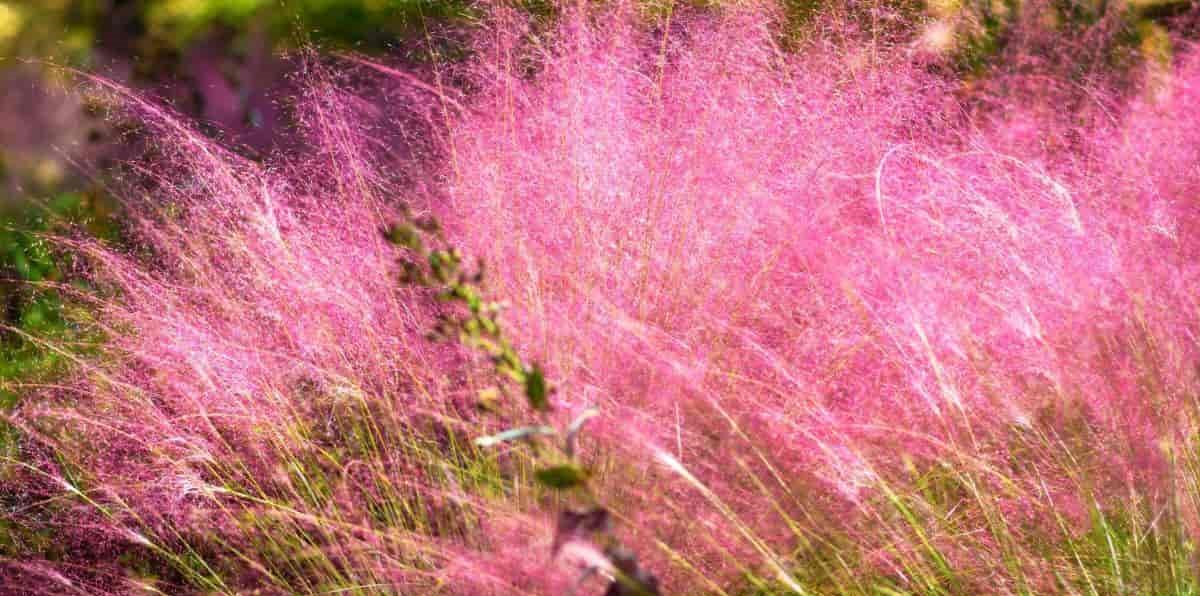
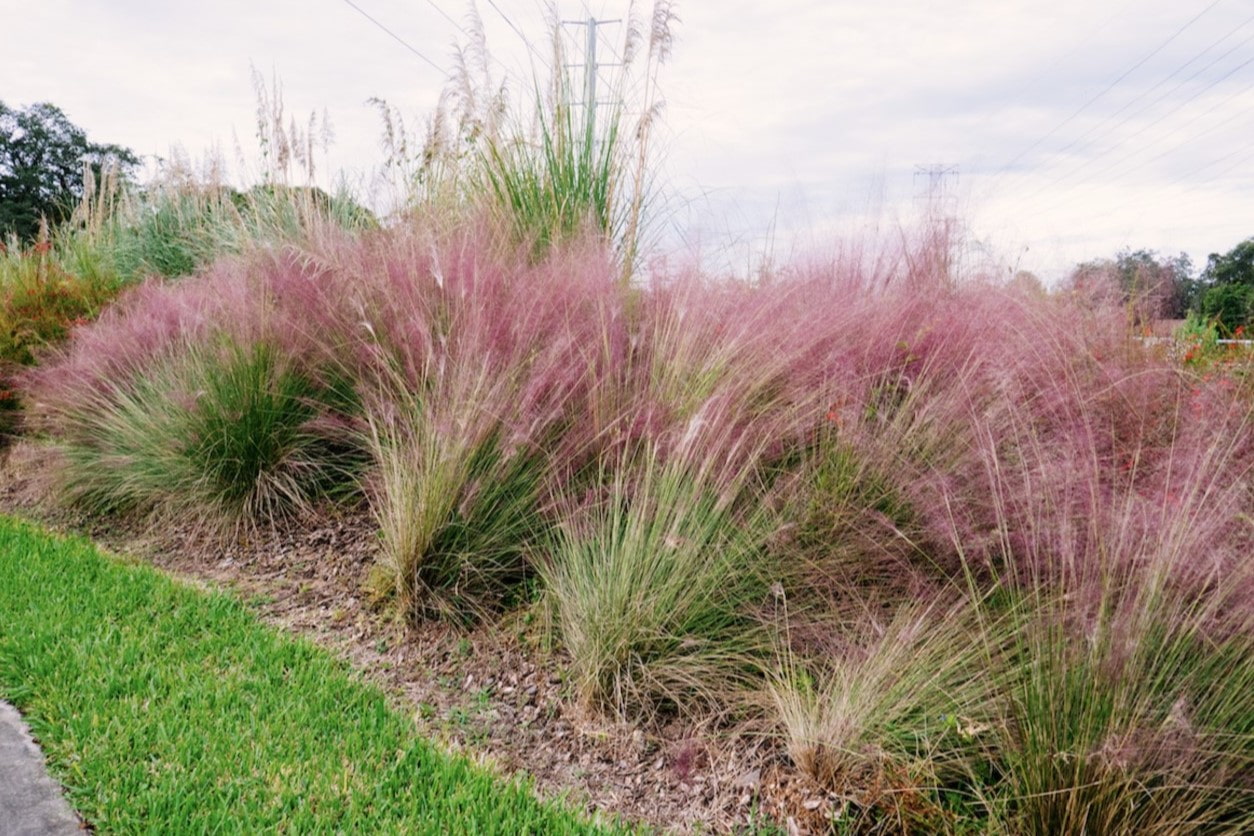
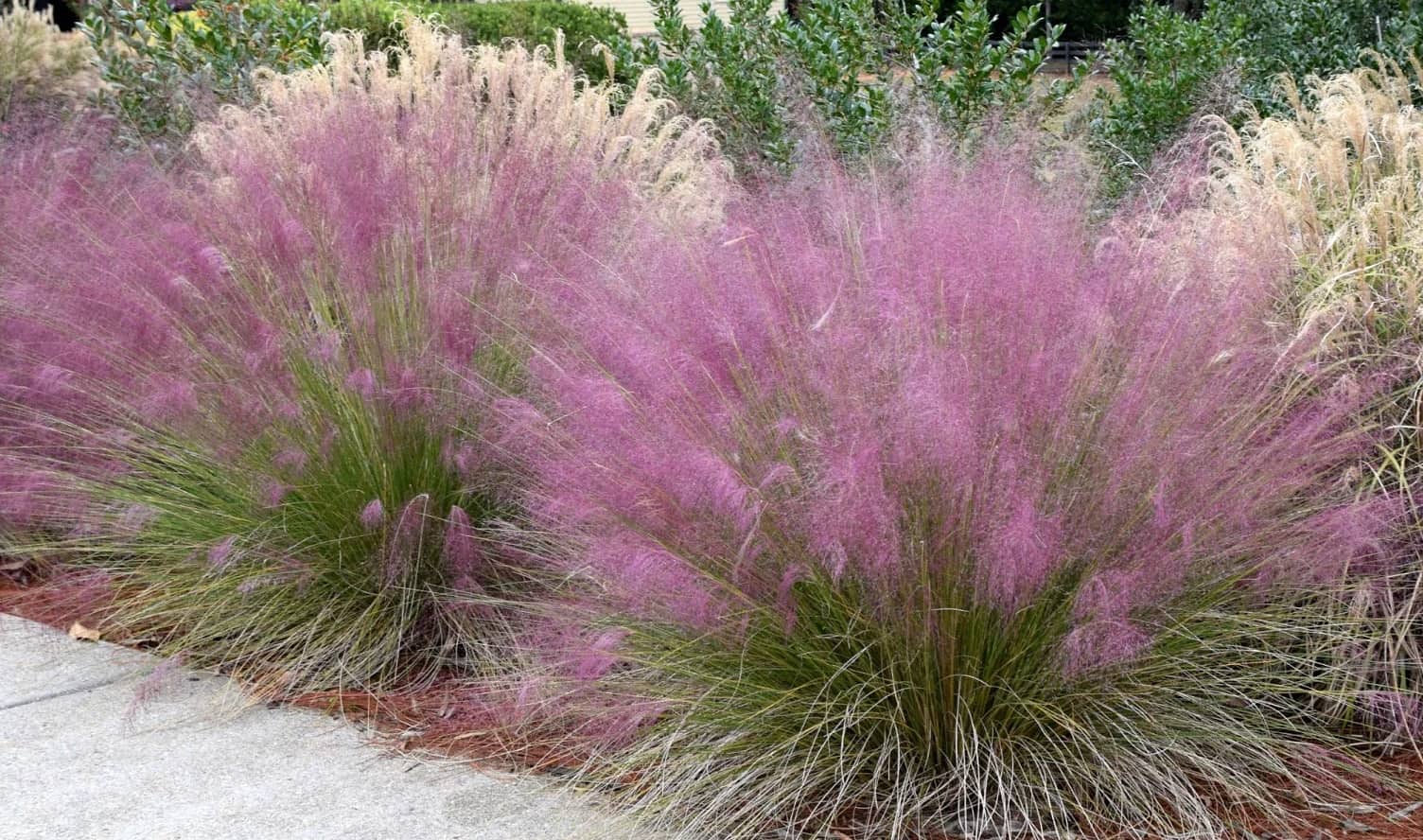
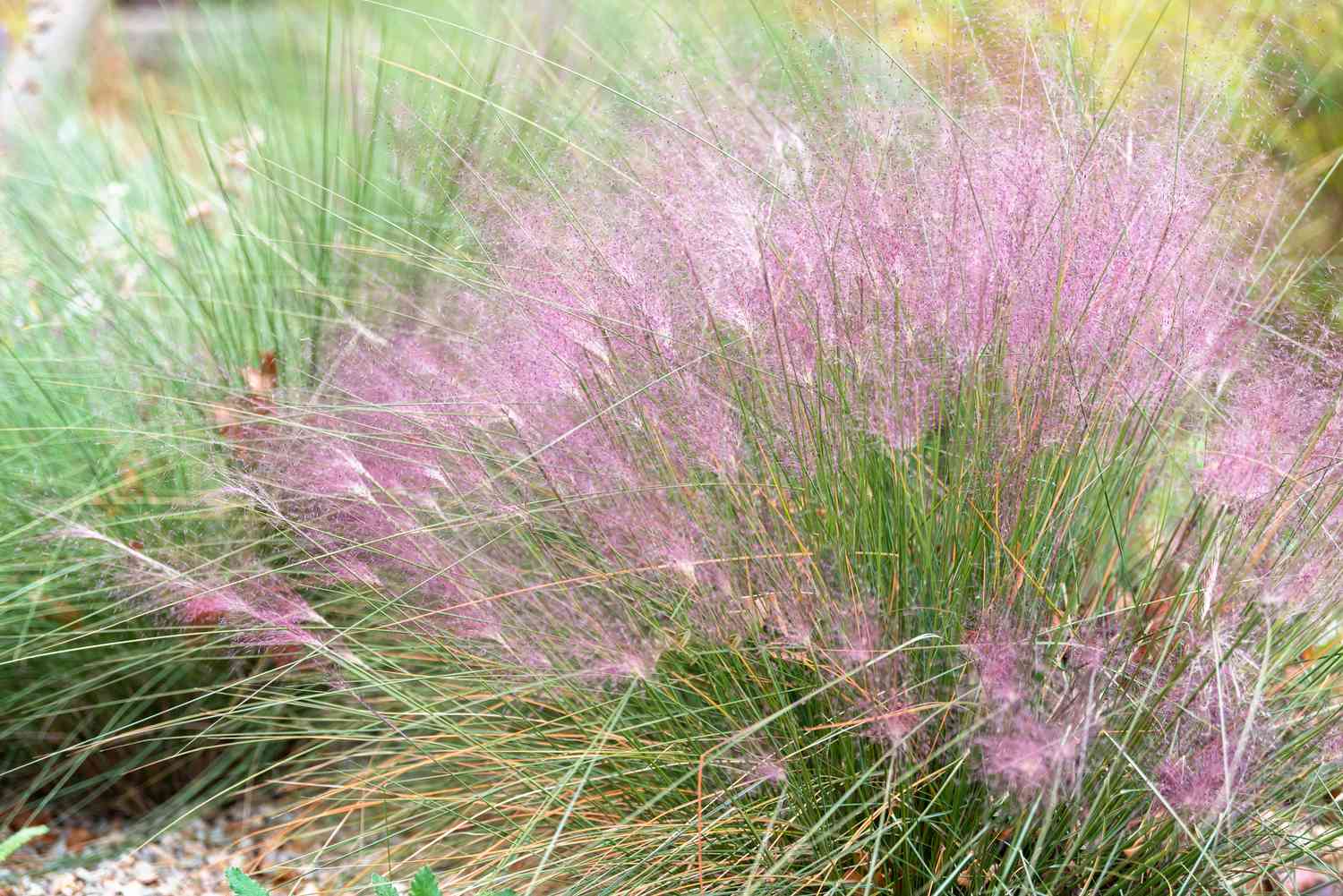
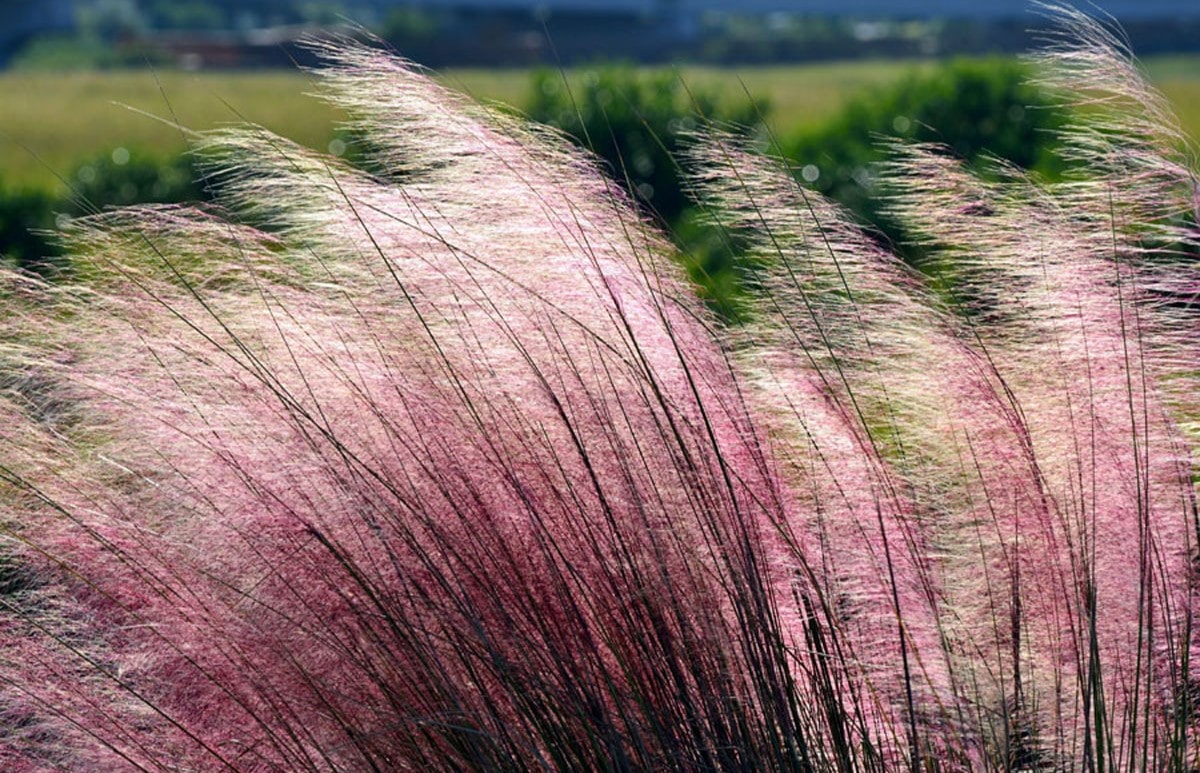
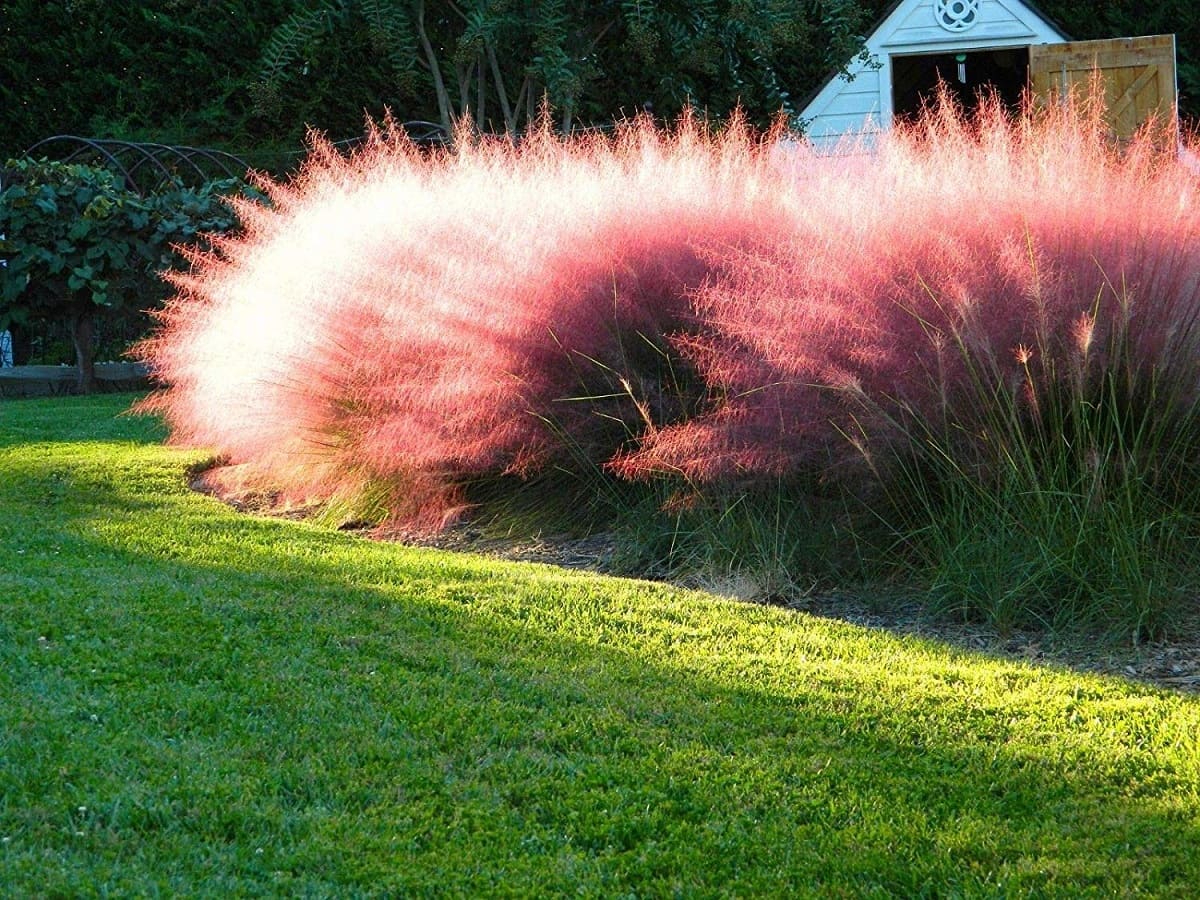
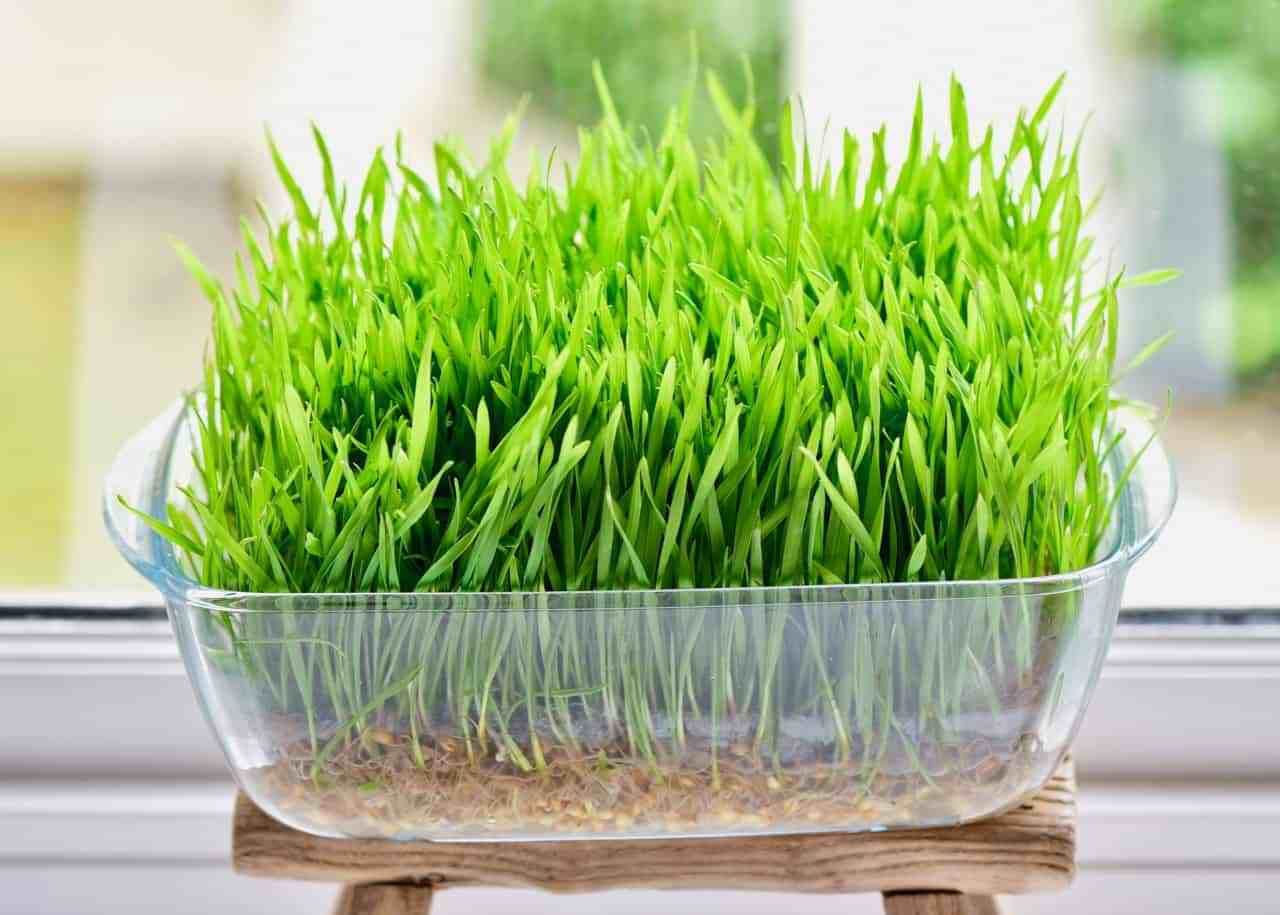
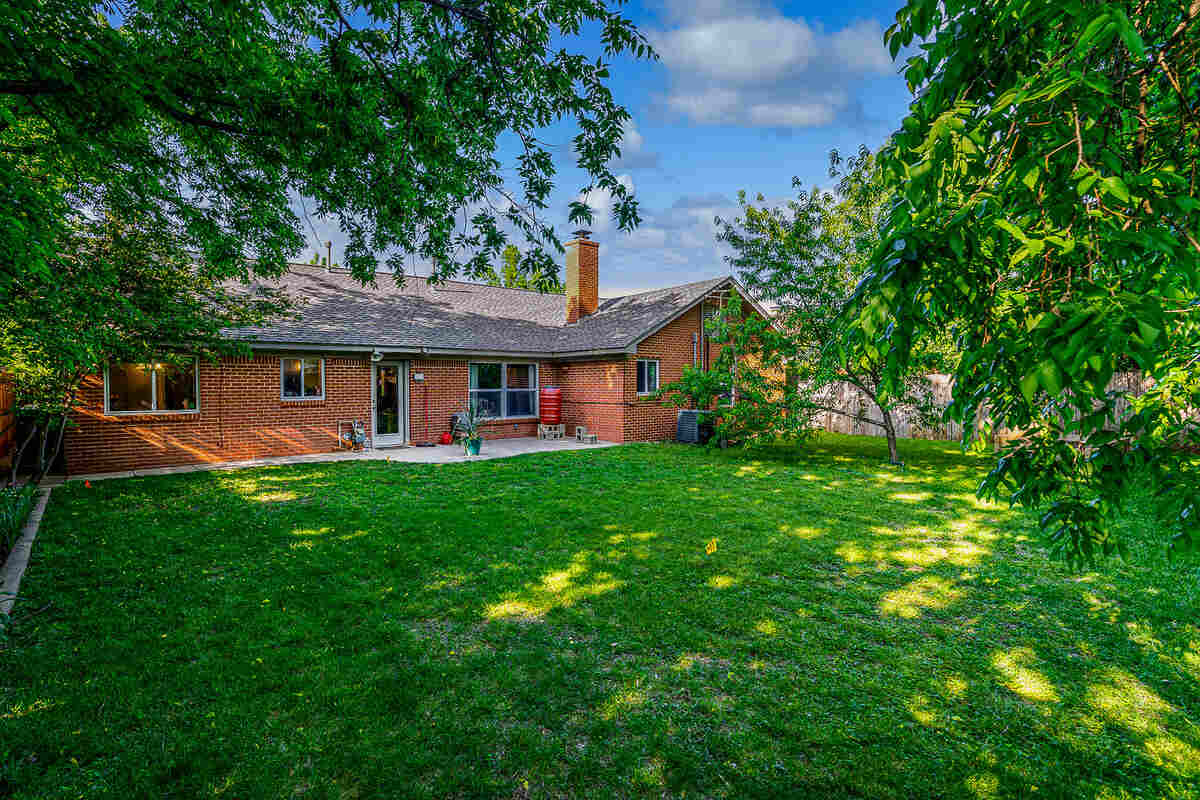
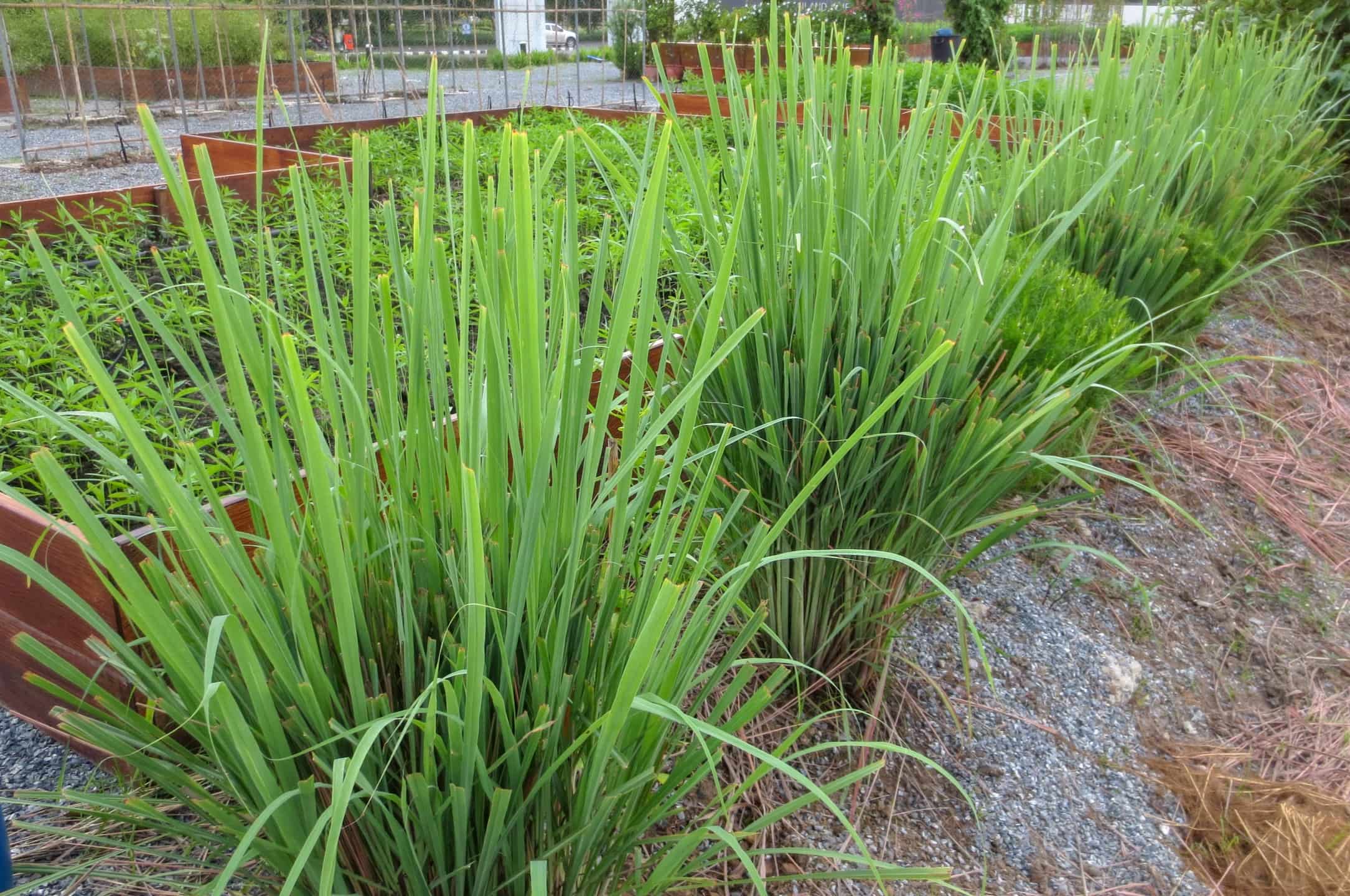
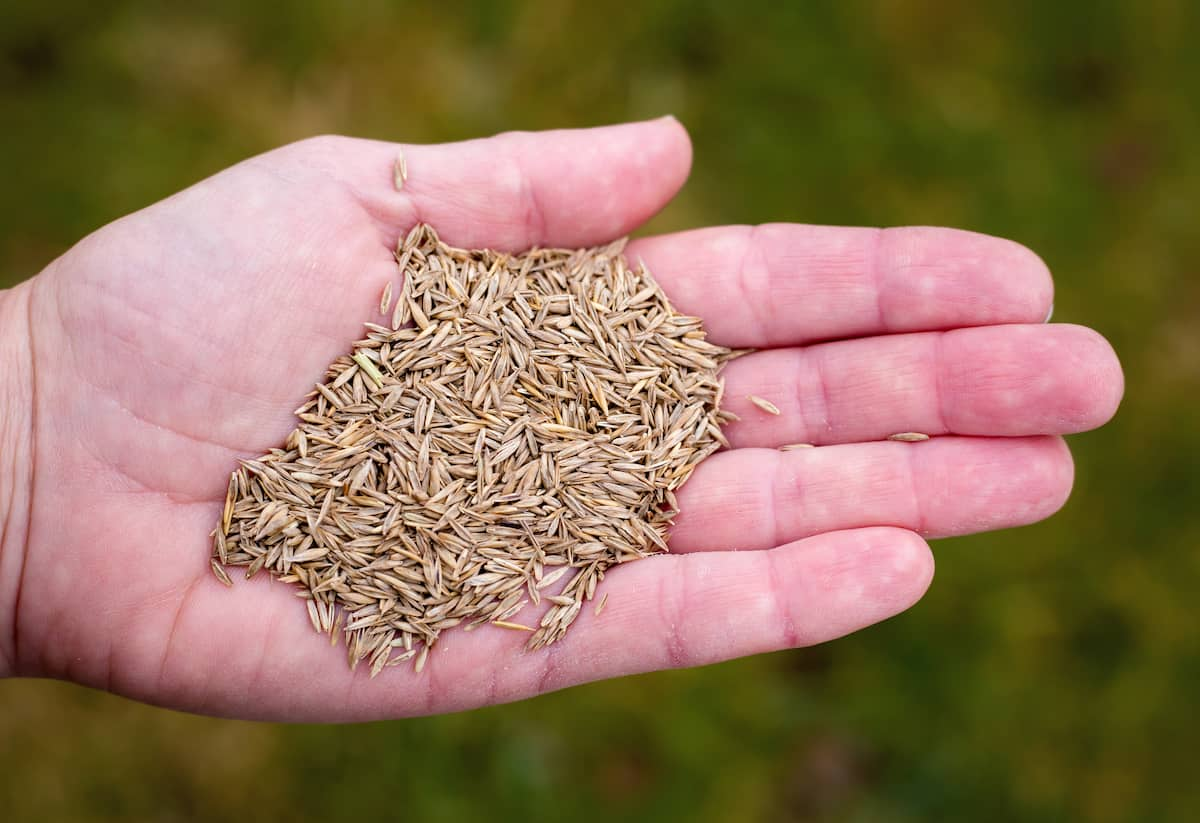
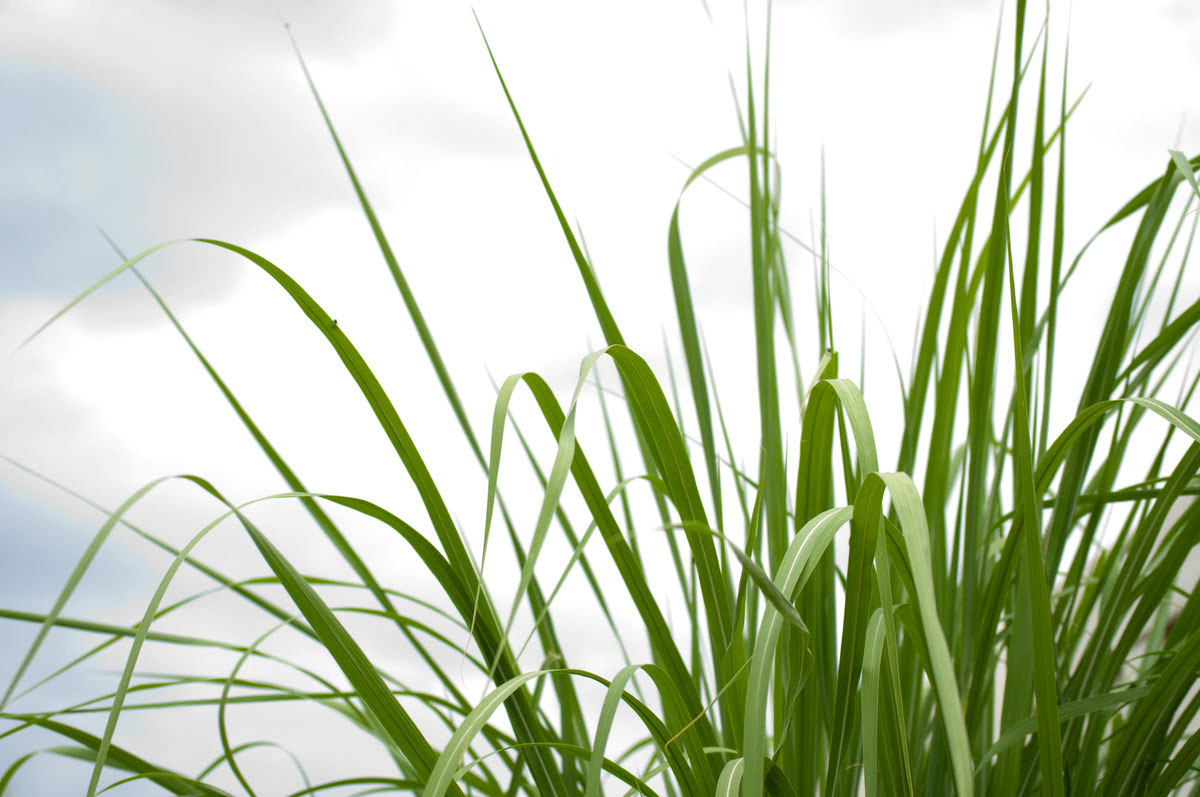
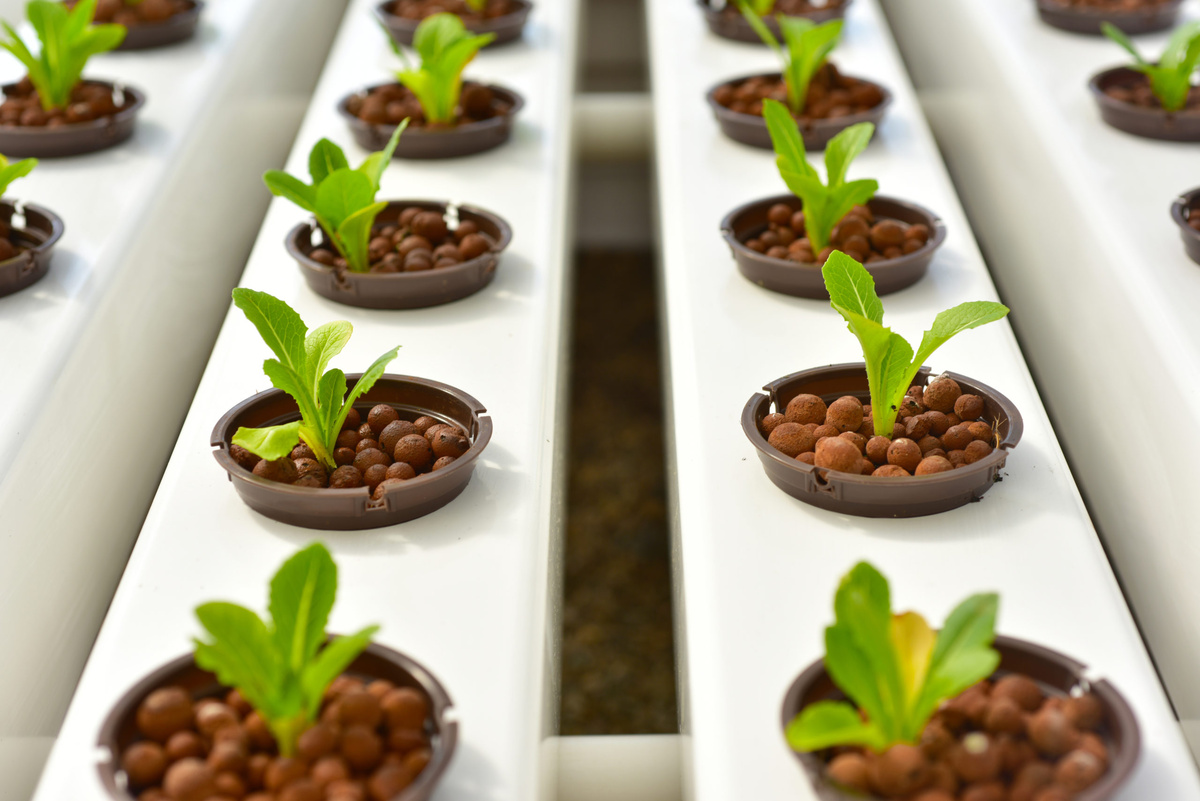
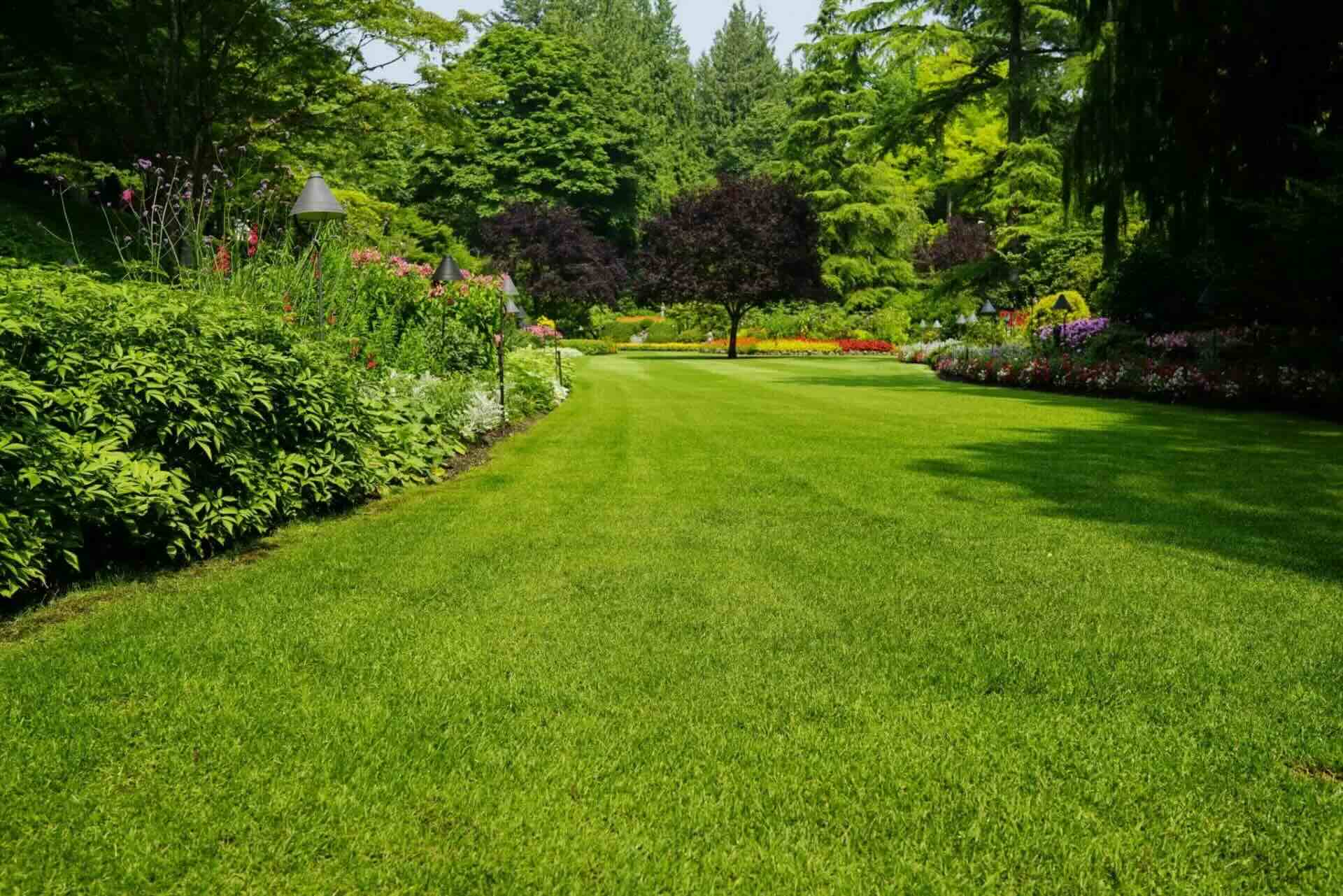


0 thoughts on “How To Grow Muhly Grass”